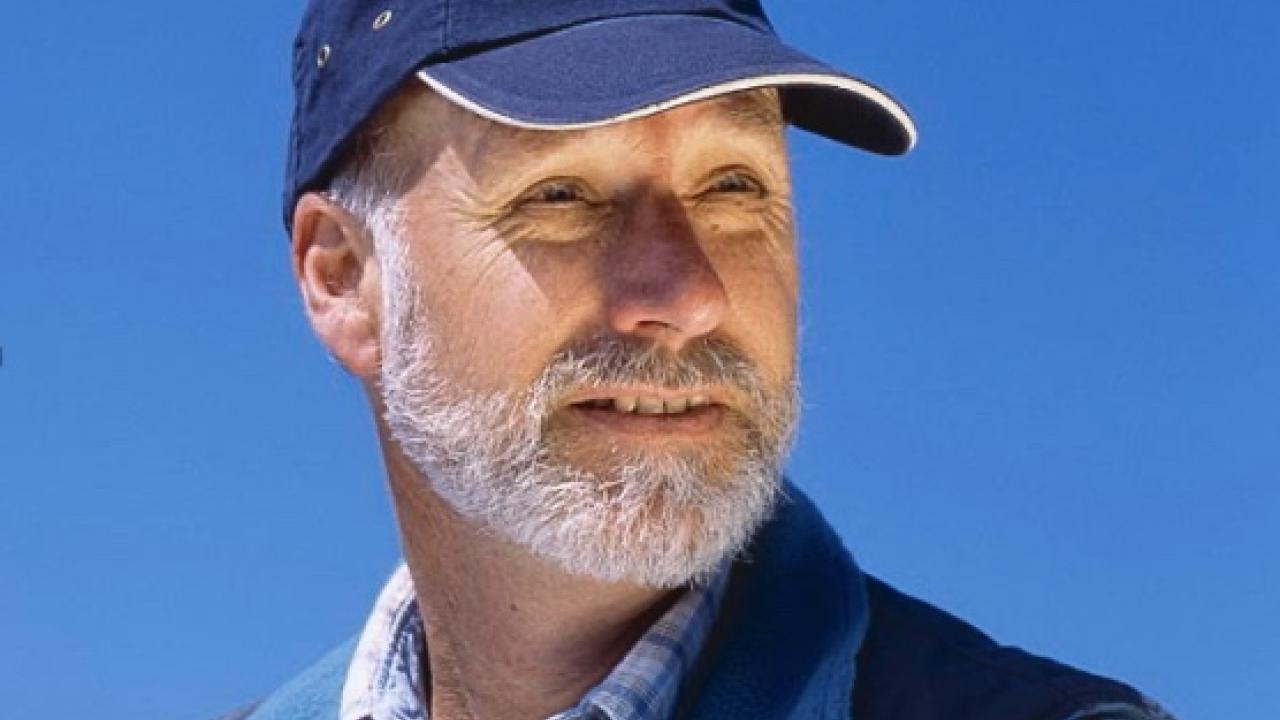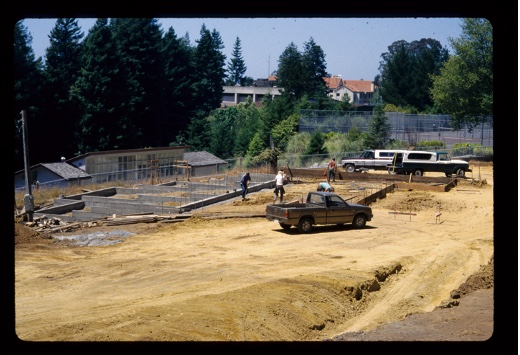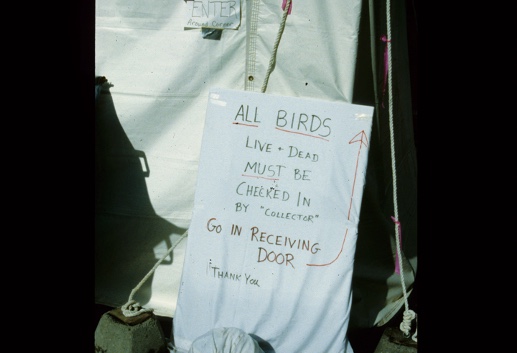
One Person’s Journey with the Oiled Wildlife Care Network
Thirty years ago today marked the beginning of my involvement with (what was to become) the Oiled Wildlife Care Network (OWCN). A friend and I, who worked for the National Park Service, were driving from Humboldt to Sequoia Kings Canyon National Park to conduct an animal capture and restraint training. We stopped by the California Department of Fish and Wildlife facility in Rancho Cordova to say hi, and drop off some samples. As we were leaving, Dr. Dave Jessup saw me in the parking lot and brought over a large document. That document outlined an ambitious plan for meshing animal care and oil spill response within the Department, and he was hoping that I would help. My training was pretty traditional wildlife management and I have taught many wildlife topics at Humboldt State University (Now Cal Poly Humboldt). Through my research activities at Humboldt, I was very aware of the danger to wildlife from possible oil spills, but my experience with rehabilitation was very limited and this would be new.
I recognized that a lot of our students were very interested in rehabilitation. Thus, this new endeavor seemed like an opportunity for both our community at Humboldt as well as for the University, if we could pull these issues together. Subsequently we had a lot of discussions between California Department of Fish and Wildlife and University administrators about the role we could play in this plan.
Shortly thereafter, I was appointed to the Formation Advisory Board along with several diverse folk that were invested in oil spill impacts. I think it is notable that many of these folks from industry, research, and rehabilitation are also still working with the OWCN today, serving on either the Advisory Board or the Scientific Advisory Committee (or in one case, both) and they are contributing blogs like mine about their experiences. All this was new ground for me. I was (and still am) totally impressed with these new colleagues: in their professionalism, passion, competency and sincerity.
My continued involvement the OWCN took three paths. I continued to serve on the Advisory Board. Second, new scientific questions stimulated new research conducted by myself and my students. Third, I negotiated and built the Marine Wildlife Care Center on the Humboldt campus and I was its director until 2012.

As the OWCN has developed, serving on the board has allowed me to share wildlife concepts with others not specifically trained in wildlife, and add that to the discussions about how the OWCN can fulfill its mandated mission. My academic background helps inform how OWCN can interact with wildlife agencies, NGOs, and universities in California. Twice a year we travel to either UC Davis or one of the OWCN member facilities to go through OWCN activities, budgets, new initiatives, research grants and other business. Often we get together the evening before for informal discussions over dinner; as I noted earlier, hearing what my colleagues are doing in their own work has been fascinating and has changed my perspectives in so many cases.
When the OWCN was formed, there were several scientific arguments concerning the efficacy of a program like the OWCN. Basically, did the rehabilitation even work? Although there were plenty of passionate testaments to the affirmative, the scientific studies framed around a response to oil spills, such as provided by the OWCN, was lacking. Our first study was of a species thought to be robust to recovery (if it would not work for them, could it even be considered for more sensitive species?). My collaborators and I set out to objectively examine the survival and behavior of Western Gulls that had been oiled. Those gulls undergoing OWCN protocols did recover, and at least for the life of the radios we attached, seemed to behave normally. Those results were published in the Wildlife Society Bulletin to the mainstream wildlife professionals. We went on to later study more sensitive species such as the Common Murre, and again found that there were beneficial effects from having been treated in an OWCN response, though we also quantified losses because of the exposure to the oil. This helped set realistic expectations.

The Marine Wildlife Care Center on the Humboldt campus is used by the University for classes and research, when there is not declared oil spill. This is one of the earliest of the OWCN centers and there were no models for us to use in its initial design. Dr. Jessup and I drew on a napkin at a local brewery how to best proceed and I took that napkin with me to the architect to begin the project (I thought I still had that napkin, but could not find it for this blog). Obviously there was a lot of subsequent refinement to those plans, but it was based on what we understood at the time.
Shortly after the facility was dedicated, there were two significant spills at Humboldt Bay (Kure and Stuyvesant) that tested the facility. Somethings worked and some did not. Indeed there were changes that were needed and the facility underwent some remodel and both equipment and protocols have changed since. During those spills I saw huge community support for the activities at the center, as well as strong support from the campus operations teams as well as campus police. It was a lot of very positive cooperation.


The community actually felt like they could do something in response to the spill with many people dedicating themselves through volunteering. At one wash table I observed an employee from one of our local timber companies diligently washing a bird with the support of someone I recognized to have been heavily involved in protests against some timber harvests. We ran out of towels (completely clearing the local Costco and Target stores) and put out a call to the community over the local TV. We still had towels from that call when I left being director years later. It took us months to clean up after all the birds were gone, but the positive attitude of the community afterwards lasted a long time and probably influenced local policy.
I might have started this journey a little naïve about the role of rehabilitation, but those two spills changed all that. The original 30-year agreement between California Department of Fish and Wildlife and the University goes back to 1995 (almost to closure). The current director of the facility (Dr. Dan Barton) just negotiated the new agreement that will take us through 2055. The lesson from this is that there is a need, and no matter how good we get at prevention, accidents do happen and the OWCN will be ready in the Humboldt region.
